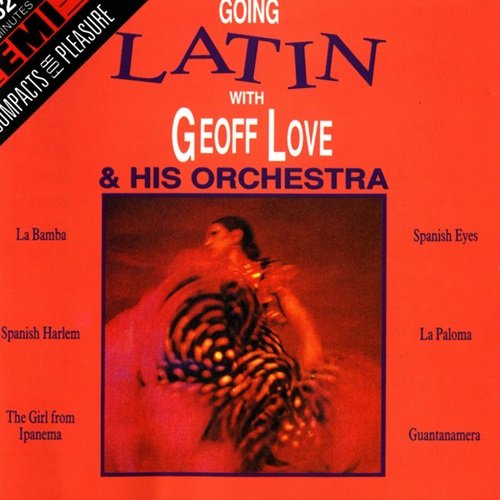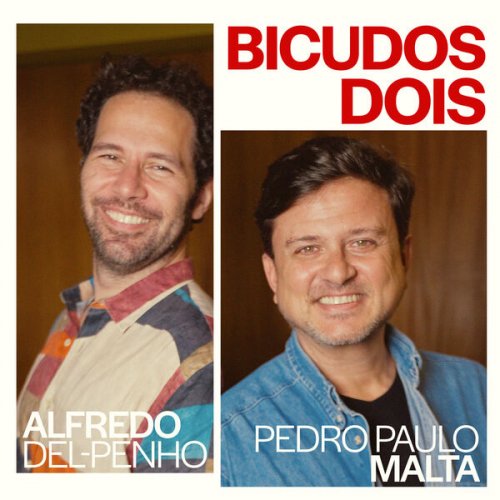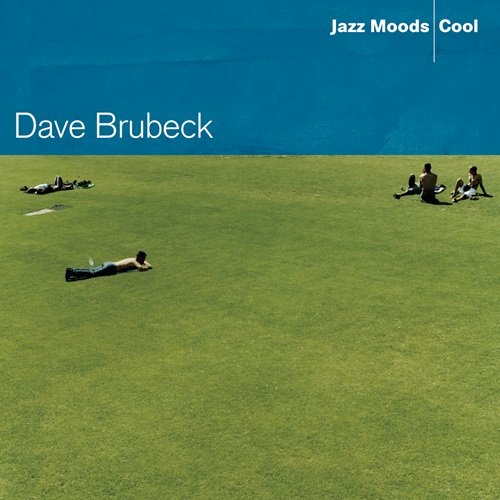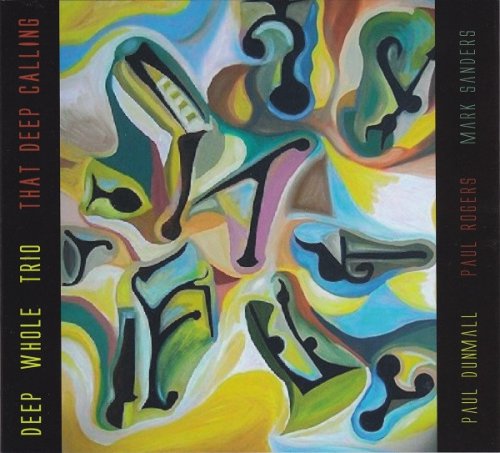Livia Rev - For Children: Piano Music for the Young to Play and Enjoy (1987)
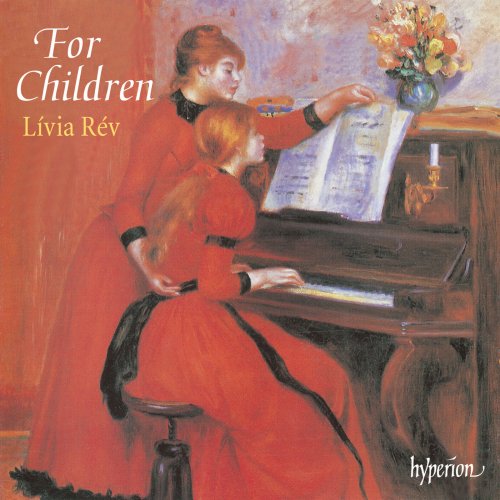
Artist: Livia Rev
Title: For Children: Piano Music for the Young to Play and Enjoy
Year Of Release: 1987
Label: Hyperion
Genre: Classical Piano
Quality: flac lossless (tracks) +Booklet
Total Time: 01:08:18
Total Size: 191 mb
WebSite: Album Preview
TracklistTitle: For Children: Piano Music for the Young to Play and Enjoy
Year Of Release: 1987
Label: Hyperion
Genre: Classical Piano
Quality: flac lossless (tracks) +Booklet
Total Time: 01:08:18
Total Size: 191 mb
WebSite: Album Preview
01. Prelude in E Major, BWV 937
02. Prelude in G Minor, BWV 930
03. Le coucou
04. 12 Variations on "Ah, vous dirai-je, maman", K. 265 "Twinkle, Twinkle, Little Star Variations"
05. Für Elise, Bagatelle in A Minor, WoO 59
06. Album für die Jugend, Op. 68: No. 8, Wilder Reiter
07. Album für die Jugend, Op. 68: No. 9, Volksliedchen
08. Album für die Jugend, Op. 68: No. 10, Fröhlicher Landmann, von der Arbeit zurückkehrend
09. Nocturne No. 21 in C Minor, KK IVb/8
10. Etude en 12 exercices, S. 136: No. 1 in C Major
11. Etude en 12 exercices, S. 136: No. 2 in A Minor
12. La toupie from "Jeux d'enfants" (Arr. Garbon for Solo Piano)
13. Dolly Suite, Op. 56: I. Berceuse (Arr. Cortot)
14. Children's Album, Op. 39: No. 4. Maman
15. Children's Album, Op. 39: No. 8, Valse
16. Prole do bebê 1, W140: VII. O Polichinelo
17. Prole do bebê 1, W140: VI. A Pobrezinha
18. Prole do bebê 1, W140: II. Moreninha
19. Chansons naïves: I. En regardant les mouches voler
20. Chansons naïves: III. Chanson pour une poupée bretonne
21. Music for Children, Op. 65: VI. Waltz
22. Children's Corner, CD 119: I. Doctor Gradus ad Parnassum
23. Children's Corner, CD 119: V. The Little Shepherd
24. Le petit nègre "Cakewalk", CD 122
25. 10 Easy Pieces, Sz. 39: V. Evening in Translyvania
26. For Children, Sz. 42, Vol. 1: No. 32, Andante
27. For Children, Sz. 42, Vol. 1: No. 40, Swineherd's Song
28. For Children, Sz. 42, Vol. 1: No. 26, Moderato
29. For Children, Sz. 42, Vol. 1: No. 27, Jest
30. Images de Pologne: Danse noble
31. Miniatures polonaises: II. Nostalgie du pays
32. Images de Pologne: Chant des moissons
For many people music begins during childhood, so it is not surprising that there is a lot of music which is concerned with that period of life in one of two ways – either pieces for budding musicians to play or those which offer some kind of adult retrospect on childhood. The Schumann and Tchaikovsky items included here are in the former category, the Debussy and Villa-Lobos in the latter. But this recital casts its net wide and there also are pieces, like those by Chopin and Liszt, which find the composers themselves past childhood but not yet adult. And there are items, such as Beethoven’s or Daquin’s contributions, which although not specifically written for young musicians are most often played by them.
Johann Sebastian Bach perhaps remains the greatest composer of what may in the best sense be called ‘educational music for youthful performers’. His Prelude in E major is the penultimate of Six Little Preludes while the Praeambulum in G minor is from the Little Keyboard Book written for his son Wilhelm Friedemann – two groups of pieces well designed to cultivate precise phrasing, clear part-playing and buoyant rhythm, among other qualities.
A member of the same generation, Louis-Claude Daquin was a harpsichordist and regarded as the finest organist of his time in France. His compositions scarcely match such a reputation, but Le Coucou, from his Book of Harpsichord Pieces of 1735, has a naive simplicity and directness which has ensured its survival.
Wolfgang Amadeus Mozart’s dozen Variations on ‘Ah vous dirai-je, maman’, on the melody known to British children as ‘Twinkle, twinkle, little star’, were composed in Vienna during either 1781 or 1782. There is here not Daquin’s naivety but a seeming ingenuousness that is maintained until the end, although some resourceful feats of variation writing are carried off behind the facade of simplicity; note in particular the variation in the minor, laid out in string quartet style.
Ludwig van Beethoven’s Für Elise dates from 1808 or 1810 and is a small chip indeed from the workshop that in the latter year produced, for example, the opus 95 string quartet. It is a popular and appealing piece, however, first published as late as 1867. The manuscript is lost, but it may have been inscribed ‘Für Therese’, signifying Therese Malfatti to whom Beethoven seems to have proposed (unsuccessfully) in 1810.
Dating from 1848, Robert Schumann’s Album for the Young, his opus 68, consists of forty-three numbers. They are fanciful and show a real understanding of the world of childhood. The set begins with very easy pieces, but they grow progressively more difficult. Nos 8 to 10 are included here – Wild rider, Little folk song and Merry peasant returning from work. By this stage the melodies are given to the left hand as well as the right.
Our next two composers were of the same generation as Schumann. Frédéric Chopin’s Nocturne in C minor was composed in 1837 when he was seventeen, though published only in 1938. It has grace and characteristic elegance, yet, naturally enough, lacks the expressive power of his mature works in this genre. The two Études by Franz Liszt come from 48 Exercices dans tous les tons majeurs et mineurs published in 1826 when the composer was fifteen. In fact only twelve of these appeared, but they became the basis of the Douze grandes études of 1838 which in turn led to the Douze études d’exécution transcendante of 1851. The brilliant little pieces of 1826, Liszt’s official opus 1 even if written in the manner of his teacher Czerny, deserve more attention, if only as the starting-point of the long process which led to one of the peaks of the Romantic piano literature.
Georges Bizet provides the first of our pieces that are not so much ‘for children’ as ‘about childhood’. The top, an impromptu, is No 2 of Jeux d’enfants, a set of twelve pieces for piano duet composed in 1871, and is heard here in the piano solo arrangement by Lucien Garbon. Like its companion movements this is slight yet perfect, and it is not surprising that comparable works by other French composers followed, among them Gabriel Fauré’s suite Dolly. Actually the Berceuse was written in 1893 before the rest of the suite. Its melody is an inspired one, with the simplicity and freshness of Daquin, although the comparison should be with Mozart for here, too, art conceals art.
Less equivocally than Fauré’s suite, Pyotr Ilyich Tchaikovsky’s Album for the Young, Op 39, is music for children to play. Schumann wrote his Album for the Young as a relaxation from labour on his opera Genoveva, and Tchaikovsky composed his in the wake of Eugene Onegin. Not a composer normally inspired by the piano, he could nearly always think of a good tune. Maman and the Waltz are respectively numbers 3 and 9 of the Album’s sequence of twenty-four pieces.
A prolific Brazilian composer, Heitor Villa-Lobos wrote vital, highly coloured and original music – most of which is still insufficiently known outside South America. His most notable works before he departed in 1923 for a period in Europe are his piano miniatures, especially the first book of Prole do bebê (‘The baby dolls’), from which O Polichinello, A Pobrezinha and Moreninha have been selected. Though he was a Frenchman, some music by André Jolivet sounds hardly less exotic, even the Chansons naïves, part of a considerable quantity of ‘educational’ music he wrote for various instruments. According to Hilda Jolivet’s Avec André Jolivet (Flammarion, Paris, 1978), the six Chansons naïves were composed in 1949, although the reference books say 1951. They were intended for his own children to play while learning the piano, and they have the piquancy of a complex modern style simplified without losing its essential character. Serge Prokofiev’s charming and graceful Waltz is a comparable miniature, the sixth of a group of twelve pieces, Op 65, written in 1935.
Before Jolivet and Prokofiev, however, came Claude Debussy, with whom we return to adult reflections on childhood. Doctor Gradus ad Parnassum and The little shepherd are movements from his Children’s Corner suite of 1906/8, the former mocking wearisome piano exercises of the type devised by Clementi, the latter pale yet melodious. Le petit nègre (1909) is an independent piece, echoing the American ragtime which had lately spread to Europe.
Béla Bartók is another major figure, comparable to Bach in his ability to write a large quantity of music for children that is simple yet completely original. An evening in the country (also known as ‘Evening with the Székelers’ and ‘Evening in Transylvania’) is No 5 of Ten Easy Pieces composed in 1908. It uses two ‘folk’ pentatonic melodies – actually Bartók’s own – to produce a rondo-like form. For Children is a much longer sequence of eighty-five pieces dating from 1908/9; Nos 32 (Andante), 40 (Swineherd’s Song), 26 (Moderato) and 27 (Jest) are included here. These are varied settings of Hungarian and Slovakian folk melodies, many of them children’s songs.
Finally come two composers who have largely escaped the reference books’ net. Milosz Magin’s Danse noble and Chant des moissons come from the collection Images de Pologne, while Nostalgie du pays is one of six Miniature Polonaises; both collections date from 1982. Janez Maticic presents a dozen inventive Miniature Variations on his simple theme, the last with reminiscences of those that have gone before.
![Paul Mauriat - Après toi (1972) [Hi-Res] Paul Mauriat - Après toi (1972) [Hi-Res]](https://img.israbox.com/img/2025-12/19/7apc8ramq91sp9mgfuj4lcflg.jpg)


![Clifton Chenier - Live at the San Francisco Blues Festival (Live) (1985) [Hi-Res] Clifton Chenier - Live at the San Francisco Blues Festival (Live) (1985) [Hi-Res]](https://img.israbox.com/img/2025-12/20/1okh4wxr3ose6s79w4nxw7vzi.jpg)
![The Mood Mosaic - Acid Maestro (Morricone's Cosmic Funk Legacy) (2025) [Hi-Res] The Mood Mosaic - Acid Maestro (Morricone's Cosmic Funk Legacy) (2025) [Hi-Res]](https://www.dibpic.com/uploads/posts/2025-12/1766134708_dkymenaq6pxqa_600.jpg)
